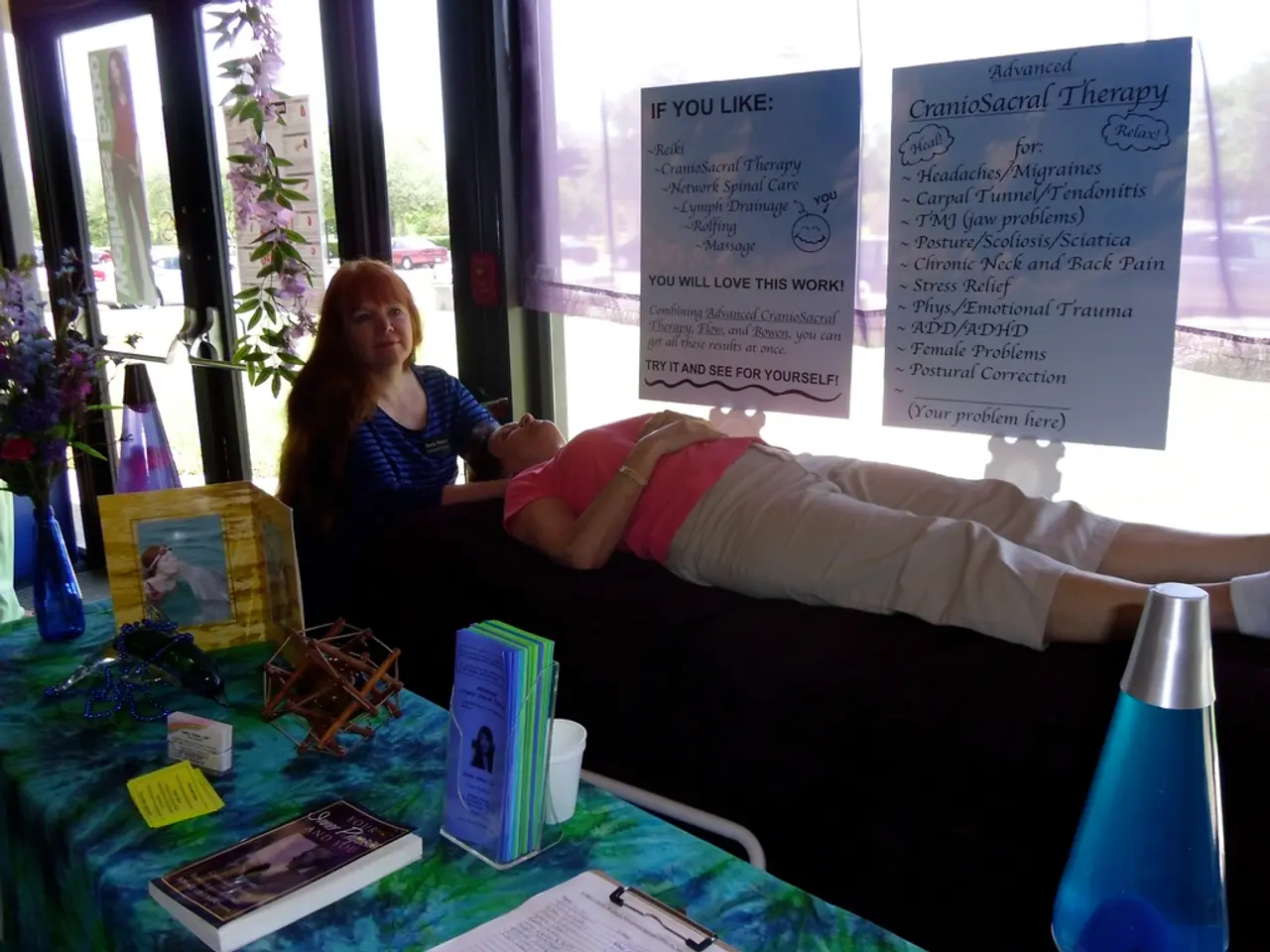Depressive Disorder, Clinically Diagnosed (More Generalized Depression)
Major Depressive Disorder, often referred to as clinical depression, is a common mental health condition that affects people of all ages. It presents with a combination of emotional, physical, cognitive, and behavioral symptoms that can significantly impact daily life.
### Common Symptoms of MDD
Key symptoms, lasting more than two weeks and causing significant impairment, include:
- Persistent depressed or irritable mood most of the day, nearly every day - Markedly diminished interest or pleasure in almost all activities (anhedonia) - Feelings of worthlessness or excessive guilt - Recurrent thoughts of death or suicide - Changes in appetite (weight loss or gain) - Sleep disturbances (insomnia or hypersomnia) - Psychomotor agitation or retardation (observable restlessness or slowed movement) - Fatigue or loss of energy nearly every day - Difficulty concentrating, making decisions, or thinking clearly
These symptoms can affect social, occupational, or other important aspects of daily functioning.
### Symptoms by Age Group
While the symptoms of MDD are similar across different age groups, there are some differences in how they manifest.
Children and adolescents are more likely to show irritability rather than overt sadness, social withdrawal, behavioral issues such as poor school performance, truancy, and possible onset or increase in substance use. They may also display self-harm signs (cutting, burning), mood swings, and agitation.
Adults typically experience classic symptoms such as persistent sadness, hopelessness, low energy, and cognitive dysfunction. They may also experience restlessness, physical complaints without clear cause, and difficulties with work/family responsibilities.
Older adults may show symptoms similar to adults but may additionally manifest as unexplained physical pain or ailments. It's important to rule out other medical conditions, as mood symptoms often accompany fatigue, anxiety, and social isolation in this age group.
### Types of Major Depressive Disorder
While the sources do not explicitly break down distinct subtypes of MDD, the DSM-5 recognizes variations in manifestation such as:
- Typical MDD: Classic presentation with depressed mood and anhedonia. - Irritable Mood Variant: Seen more often in children and adolescents where irritability replaces sadness. - Geriatric Depression: MDD in older adults, sometimes accompanied by more somatic complaints and cognitive slowing.
Other clinical specifiers, such as melancholic features, atypical features, seasonal pattern, or psychotic features, can also be present but were not covered by the given sources.
If you or someone you know is experiencing symptoms of depression, it's crucial to seek medical attention. Depression can be treated effectively with various strategies, including psychotherapy, medication, exercise, and brain stimulation therapy.
In the realm of science, particularly health-and-wellness and mental health, Major Depressive Disorder (MDD) - often referred to as clinical depression - is recognized as a common mental health condition. Its symptoms, such as persistent depressed or irritable mood, anhedonia, feelings of worthlessness, recurrent thoughts of death or suicide, changes in appetite, sleep disturbances, psychomotor agitation or retardation, fatigue, difficulty concentrating, and impairment in daily functioning, are significant and can affect various aspects of life across different age groups. While the manifestation of these symptoms may differ slightly among children, adults, and older adults, the underlying condition remains the same, needing immediate attention for effective treatment, which can involve psychotherapy, medication, exercise, and brain stimulation therapy.




